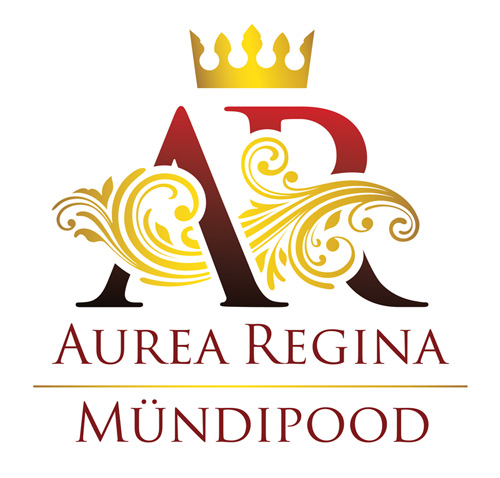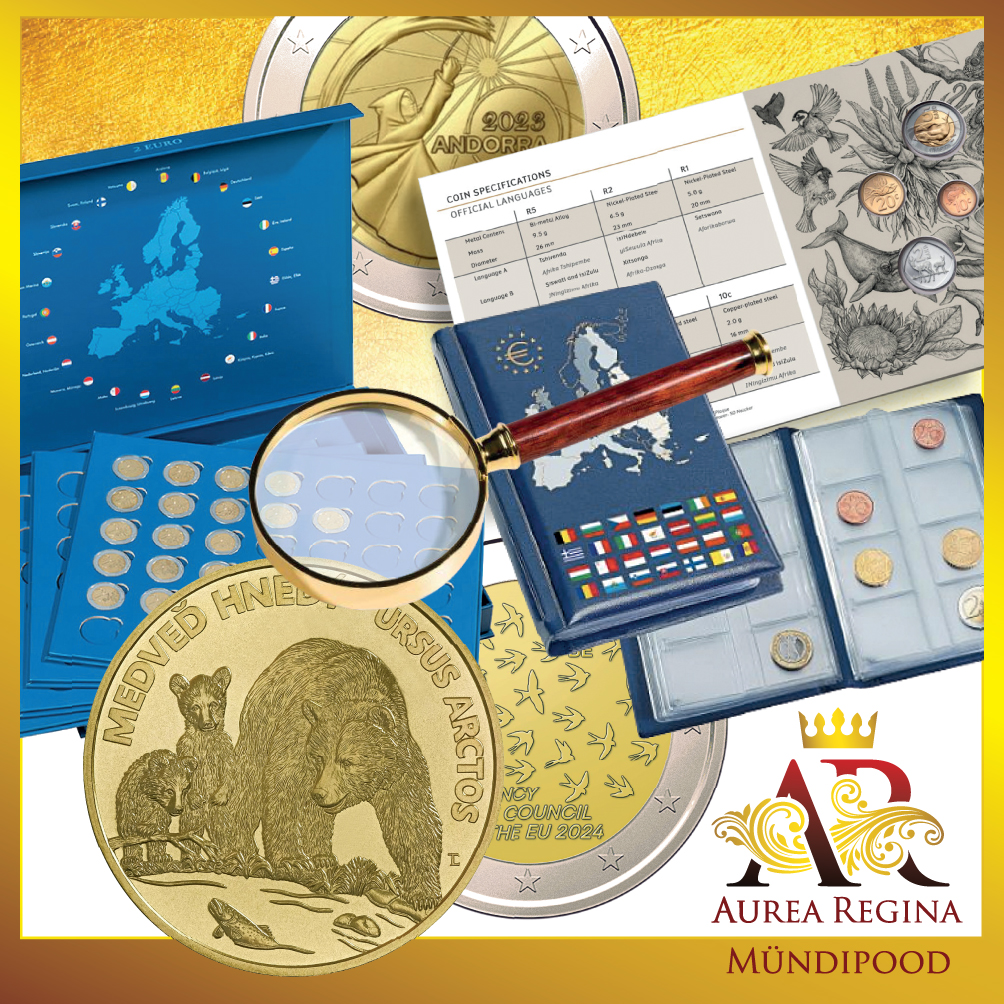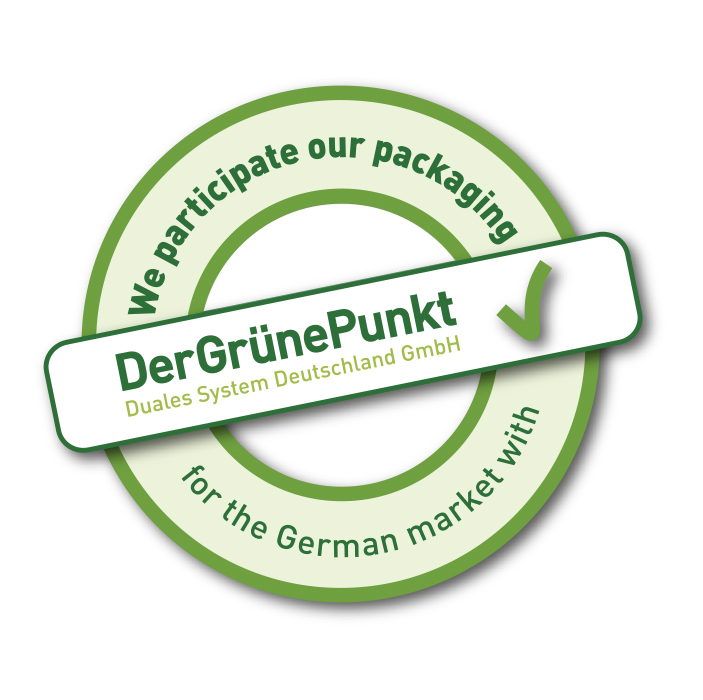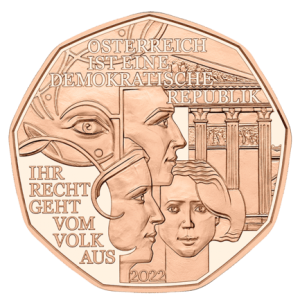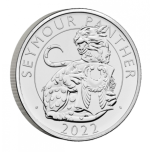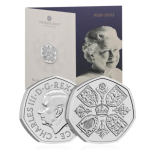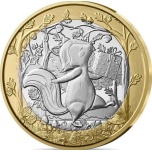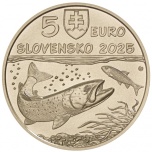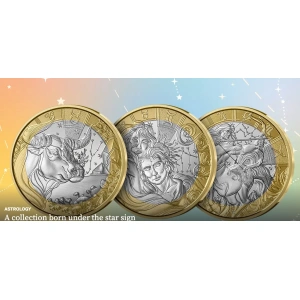Democracy - Austria 5 € 2022 copper coin, 8,9 g
Price:
15,00 €
Quality: Uncirculated
Face Value: 5 Euro
Diameter: 28,5 mm
Material: Copper
Total Weight: 8,9 g
Mintage: 200 000
A coin the likes of which Austria has never seen before, Democracy is made from copper from the former roof of the Parliament building in Vienna. When you purchase the coin you therefore acquire a little piece of democracy and by spending 5 euros you get something priceless in return.
On the occasion of the reopening of the Parliament building in Vienna, we are issuing this very special coin. The copper it contains originally formed part of the former roof of the building but was removed during the ongoing renovation of the building. By using it to make the copper edition of the Democracy coin, we are making our democratic tradition something tangible. A strong democracy thrives on discourse. Our opinions may differ, but our consensus is democracy. Likewise, fundamental rights and freedoms make a democracy what it is. They enable individual and social freedom and guarantee the co-determination of the individual.
The coin’s reverse features two heads in profile and one full face, which represent the people as sovereign. To the left, we see a watchful eye surrounded by stylised laurel leaves, to the right, we see a section of the Austrian Parliament building in the background. But much more than this, the coin illustrates the spirit from which our nation was born. This is reflected in the Austrian Constitution, where it says: "Austria is a democratic republic. Its law emanates from the people." These wise words appear on the top and bottom edges of the coin.
Face Value: 5 Euro
Diameter: 28,5 mm
Material: Copper
Total Weight: 8,9 g
Mintage: 200 000
A coin the likes of which Austria has never seen before, Democracy is made from copper from the former roof of the Parliament building in Vienna. When you purchase the coin you therefore acquire a little piece of democracy and by spending 5 euros you get something priceless in return.
On the occasion of the reopening of the Parliament building in Vienna, we are issuing this very special coin. The copper it contains originally formed part of the former roof of the building but was removed during the ongoing renovation of the building. By using it to make the copper edition of the Democracy coin, we are making our democratic tradition something tangible. A strong democracy thrives on discourse. Our opinions may differ, but our consensus is democracy. Likewise, fundamental rights and freedoms make a democracy what it is. They enable individual and social freedom and guarantee the co-determination of the individual.
The coin’s reverse features two heads in profile and one full face, which represent the people as sovereign. To the left, we see a watchful eye surrounded by stylised laurel leaves, to the right, we see a section of the Austrian Parliament building in the background. But much more than this, the coin illustrates the spirit from which our nation was born. This is reflected in the Austrian Constitution, where it says: "Austria is a democratic republic. Its law emanates from the people." These wise words appear on the top and bottom edges of the coin.
Similar products
Denomination: 5 £
Alloy: Cupper/Nickel
Weight: 28.28 g
Diameter: 38.61 mm
Year: 2022
The first coin in a collection honouring ten heraldic Royal Beasts
Celebrate the matrimonial union of Henry VIII and Jane Seymour
Commemorate the heraldic beasts of the Tudor dynasty
The first coin in the Royal Tudor Beasts Collection features the Seymour Panther, which was given to Jane Seymour by the king from the royal treasury of beasts. Depicted with flames coming out of its mouth and ears and known for its intoxicating fragrant breath, the fiery beast represents the union between a committed consort and a mighty monarch.
Alloy: Cupper/Nickel
Weight: 28.28 g
Diameter: 38.61 mm
Year: 2022
The first coin in a collection honouring ten heraldic Royal Beasts
Celebrate the matrimonial union of Henry VIII and Jane Seymour
Commemorate the heraldic beasts of the Tudor dynasty
The first coin in the Royal Tudor Beasts Collection features the Seymour Panther, which was given to Jane Seymour by the king from the royal treasury of beasts. Depicted with flames coming out of its mouth and ears and known for its intoxicating fragrant breath, the fiery beast represents the union between a committed consort and a mighty monarch.
25,00 €
Denomination: UK 50 p
Alloy: Cupro-nickel
Weight: 8 g
Diameter: 27,3 mm
Quality Brilliant Uncirculated
Year: 2022
On 8 September 2022, Her Late Majesty Queen Elizabeth II passed away peacefully at Balmoral Castle in Scotland. For more than seven decades, Her Majesty upheld a promise she made in which she pledged her heart and devotion to the people of the United Kingdom and the Commonwealth. From her coronation, a historic day of pageantry and celebration, to her recent Platinum Jubilee, The Royal Mint had the privilege of celebrating many milestones and special occasions during Her Majesty’s 70-year reign. In honour of Queen Elizabeth II’s incredible life and legacy, The Royal Mint now pays tribute to this truly remarkable woman with a memorial coin collection. Created by British sculptor Martin Jennings, the obverse of each coin in the collection bears the first definitive coinage portrait of His Majesty The King.
Celebrate the life and legacy of Britain’s longest-reigning monarch
Struck to honour Her Late Majesty Queen Elizabeth II
Personally approved by the monarch, the first definitive coinage portrait of His Majesty The King features on the obverse of the coin
The reverse design features a design created for the 1953 coronation crown coin in poignant tribute to Her Majesty
Finished to Brilliant Uncirculated standard
Supplied in an official Royal Mint printed wallet exploring Queen Elizabeth II's historic legacy
Alloy: Cupro-nickel
Weight: 8 g
Diameter: 27,3 mm
Quality Brilliant Uncirculated
Year: 2022
On 8 September 2022, Her Late Majesty Queen Elizabeth II passed away peacefully at Balmoral Castle in Scotland. For more than seven decades, Her Majesty upheld a promise she made in which she pledged her heart and devotion to the people of the United Kingdom and the Commonwealth. From her coronation, a historic day of pageantry and celebration, to her recent Platinum Jubilee, The Royal Mint had the privilege of celebrating many milestones and special occasions during Her Majesty’s 70-year reign. In honour of Queen Elizabeth II’s incredible life and legacy, The Royal Mint now pays tribute to this truly remarkable woman with a memorial coin collection. Created by British sculptor Martin Jennings, the obverse of each coin in the collection bears the first definitive coinage portrait of His Majesty The King.
Celebrate the life and legacy of Britain’s longest-reigning monarch
Struck to honour Her Late Majesty Queen Elizabeth II
Personally approved by the monarch, the first definitive coinage portrait of His Majesty The King features on the obverse of the coin
The reverse design features a design created for the 1953 coronation crown coin in poignant tribute to Her Majesty
Finished to Brilliant Uncirculated standard
Supplied in an official Royal Mint printed wallet exploring Queen Elizabeth II's historic legacy
19,00 €
Issuing Country: France
Face value: 5 €
Metal: Copper/Nickel
Diameter: 29 mm
Quality: B.U.
Mintage: 25 000
The gift of a coin to a child is a lasting and timeless gift. Each coin is engraved with the year, making it a unique and personalised gift. The coin can be kept for life, marking the start of a precious collection that could grow over the years. It's a symbolic gift that crosses generations. Whether for a birth, christening or any other special occasion, this collection is perfect for celebrating life's precious moments.
The obverse shows a fox on a walk in the forest. His gait is light and cheerful as he is on his way to celebrate the arrival of a new-born in the forest. He is holding in his paw the gift he will give to this new baby. The golden crown of this coin further enhances the happy fox on the silver insert.
The cardlet in which this coin is sold makes it an ideal little gift to mark an event in a child's life.
Face value: 5 €
Metal: Copper/Nickel
Diameter: 29 mm
Quality: B.U.
Mintage: 25 000
The gift of a coin to a child is a lasting and timeless gift. Each coin is engraved with the year, making it a unique and personalised gift. The coin can be kept for life, marking the start of a precious collection that could grow over the years. It's a symbolic gift that crosses generations. Whether for a birth, christening or any other special occasion, this collection is perfect for celebrating life's precious moments.
The obverse shows a fox on a walk in the forest. His gait is light and cheerful as he is on his way to celebrate the arrival of a new-born in the forest. He is holding in his paw the gift he will give to this new baby. The golden crown of this coin further enhances the happy fox on the silver insert.
The cardlet in which this coin is sold makes it an ideal little gift to mark an event in a child's life.
19,00 €
Face value: 5 €
Diameter: 34 mm
Weight: 19.1 g
Metal: Brass
Mintage: 45,000
The Danube salmon or huchen (Hucho hucho) is endemic to the Danube basin and is the only native salmonid species in Slovakia. This predatory fish, the largest European salmonid, can grow up to around 150 cm in length, weigh more than 50 kg, and have a lifespan exceeding 15 years. Its body is torpedo-shaped, with a large head and a terminal mouth extending beyond the back edge of the eye. An adipose fin is located between the caudal and dorsal fins. Coloration ranges from grey-green to reddish-brown, with dark spots. Juveniles are lighter in colour with dark stripes along the sides of the body. The Danube salmon inhabits fast-flowing submontane rivers with cold, well-oxygenated water. When young, it feeds on invertebrates and smaller fish; as an adult, its diet consists mostly of fish. Spawning occurs between March and April, following upstream migration. The female uses her tail to make a shallow depression (redd) in the gravel riverbed, where the eggs are laid and fertilised. Juveniles remain in shallower currents or smaller tributaries, while older individuals occupy deeper river sections. In Slovakia, the Danube salmon occurs in the foothill reaches of the Hron, Váh, Turiec, and Orava rivers, as well as in the Danube River itself, and has been introduced into the Poprad and the Dunajec rivers.
The Danube salmon is an endangered species of European conservation importance. It is threatened primarily by river impoundment and resulting migration barriers, as well as by water pollution and other environmental changes. Fishing is permitted only under strict conditions and requires a special licence.
Obverse:
The obverse depicts a Danube salmon in its natural habitat, preying on a smaller fish just below the river surface. The scene is complemented by aquatic plants and a pebbled riverbed. Above the waterline is the name of the issuing country ‘SLOVAKIA’ and the year of issuance ‘2025’. At the top of the field is the Slovak coat of arms, positioned between the coin’s denomination ‘5’ and currency ‘EURO’. At the right edge is the mint mark of the Kremnica Mint (Mincovňa Kremnica), consisting of the letters ‘MK’ between two dies.
Reverse:
The reverse design is divided in half by the surface of a river, with a mountain landscape above and two Danube salmon below. On the right side of the water’s surface is the species’ scientific name ‘HUCHO HUCHO’, and below it, across the width of the field, is the Slovak name ‘HLAVÁTKA PODUNAJSKÁ’. The fish are shown swimming above a pebbled riverbed with aquatic plants on the left. At the right edge are the stylised initials ‘TL’ of the coin’s designer, Tomáš Lamač.
Diameter: 34 mm
Weight: 19.1 g
Metal: Brass
Mintage: 45,000
The Danube salmon or huchen (Hucho hucho) is endemic to the Danube basin and is the only native salmonid species in Slovakia. This predatory fish, the largest European salmonid, can grow up to around 150 cm in length, weigh more than 50 kg, and have a lifespan exceeding 15 years. Its body is torpedo-shaped, with a large head and a terminal mouth extending beyond the back edge of the eye. An adipose fin is located between the caudal and dorsal fins. Coloration ranges from grey-green to reddish-brown, with dark spots. Juveniles are lighter in colour with dark stripes along the sides of the body. The Danube salmon inhabits fast-flowing submontane rivers with cold, well-oxygenated water. When young, it feeds on invertebrates and smaller fish; as an adult, its diet consists mostly of fish. Spawning occurs between March and April, following upstream migration. The female uses her tail to make a shallow depression (redd) in the gravel riverbed, where the eggs are laid and fertilised. Juveniles remain in shallower currents or smaller tributaries, while older individuals occupy deeper river sections. In Slovakia, the Danube salmon occurs in the foothill reaches of the Hron, Váh, Turiec, and Orava rivers, as well as in the Danube River itself, and has been introduced into the Poprad and the Dunajec rivers.
The Danube salmon is an endangered species of European conservation importance. It is threatened primarily by river impoundment and resulting migration barriers, as well as by water pollution and other environmental changes. Fishing is permitted only under strict conditions and requires a special licence.
Obverse:
The obverse depicts a Danube salmon in its natural habitat, preying on a smaller fish just below the river surface. The scene is complemented by aquatic plants and a pebbled riverbed. Above the waterline is the name of the issuing country ‘SLOVAKIA’ and the year of issuance ‘2025’. At the top of the field is the Slovak coat of arms, positioned between the coin’s denomination ‘5’ and currency ‘EURO’. At the right edge is the mint mark of the Kremnica Mint (Mincovňa Kremnica), consisting of the letters ‘MK’ between two dies.
Reverse:
The reverse design is divided in half by the surface of a river, with a mountain landscape above and two Danube salmon below. On the right side of the water’s surface is the species’ scientific name ‘HUCHO HUCHO’, and below it, across the width of the field, is the Slovak name ‘HLAVÁTKA PODUNAJSKÁ’. The fish are shown swimming above a pebbled riverbed with aquatic plants on the left. At the right edge are the stylised initials ‘TL’ of the coin’s designer, Tomáš Lamač.
14,90 €
Astrology is a discipline that attracts a wide audience thanks to its playful and accessible nature. It touches everyone in an intimate way and creates a sense of belonging by focusing on personality traits. Moreover, its aesthetic symbolism offers rich visual elements that can be an inexhaustible source of inspiration for artists. Astrological signs appear to be an obvious theme to explore for Monnaie de Paris, which therefore affirms its desire to appeal to as many people as possible, while allowing the talents of its craftsmen to express themselves.
A set contain the 12 €5 bicolor coins.
A set contain the 12 €5 bicolor coins.
199,00 €
